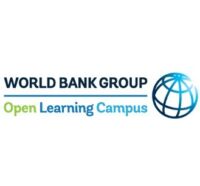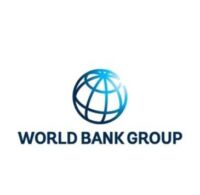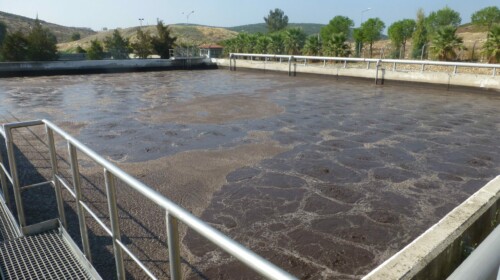Air pollution has become a major challenge to global health with the latest estimates from the Global Burden of Disease project suggesting that in 2015, nearly six and one-half million people died prematurely either from air pollution in their outdoor environment or from air pollution associated with the use of solid biofuels for cooking and heating in homes. Unfortunately, most of these deaths are now occurring in the developing world. The World Bank is moving to address this major public health challenge through its Environmental Health and Pollution Management business line with the launch of the Pollution Management and Environmental Health (PMEH) multi-donor trust fund, through pilot programs to demonstrate how to improve air quality in specific cities, through research to improve our understanding of where air pollution is most prevalent and through learning products such as this online e-learning course.
This Air Quality Management series of courses has been created for development professionals, government officials, and other partners who want to learn about the fundamentals of air quality management planning. Successful air quality management programs can reduce emissions that lead to air pollution while simultaneously providing other development benefits that accrue locally as well as globally. Benefits can include improved public health, energy savings, economic development, agricultural benefits, and reduced emissions of greenhouse gases and other short-lived climate pollution. We hope this introductory course provides the foundation for establishing such a program in your community and that follow-up courses will provide skills and information on how to monitor air pollution and increase public awareness, how to develop emission inventories and track progress, how to assess the benefits of air quality improvement, how to select control strategies that are most effective and finally these courses will share information on the importance of stakeholder engagement and describe regulatory approaches that have been most effective elsewhere.
Designing and implementing an effective Air Quality Management (AQM) program relies on a complete understanding of the specific issues affecting a given region, requiring awareness raising, data collection and capacity building. This course provides a basic introduction to concepts of air pollution and its management.
Target Audience
This course provides useful information for government environmental officials, World Bank staff across the world and all stakeholders interested in establishing or improving air quality management practices in low and middle income country contexts.
Learning Objectives
As an introductory course, this is intended to provide a survey of various concepts and elements of the AQM planning process. At the conclusion of this course, participants should be able to:
- Identify the conditions and/or emission sources that lead to air pollution, its impacts and the multiple benefits of emission reductions.
- Understand the reasons and key elements of AQM programs.
- Name common control strategies for various sectors that contribute to air pollution.
- Explain the importance of stakeholder engagement, the role of cost-effectiveness analysis and name different regulatory approaches for implementing emission control strategies (e.g. performance standards, cap-and-trade, incentive and voluntary programs, etc).









